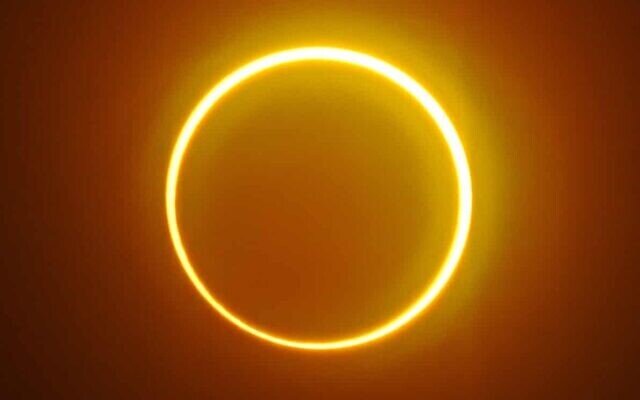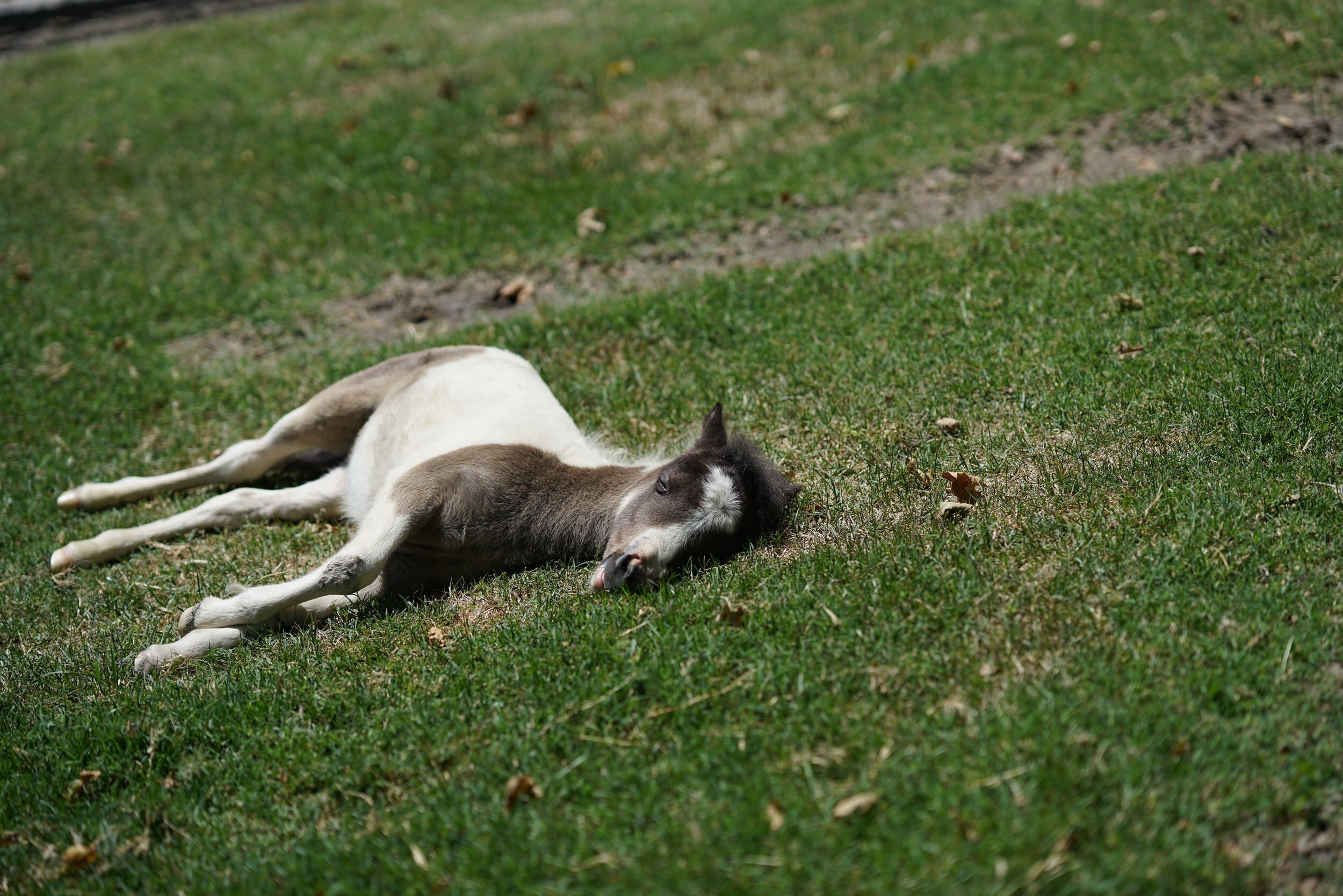In a discussion of the joyous celebration that would take place in the Temple on the festival of Sukkot, we read this charming passage:
סוכה נג, א
תַּנְיָא: אָמְרוּ עָלָיו עַל רַבָּן שִׁמְעוֹן בֶּן גַּמְלִיאֵל, כְּשֶׁהָיָה שָׂמֵחַ שִׂמְחַת בֵּית הַשּׁוֹאֵבָה, הָיָה נוֹטֵל שְׁמֹנֶה אֲבוּקוֹת שֶׁל אוֹר, וְזוֹרֵק אַחַת וְנוֹטֵל אַחַת וְאֵין נוֹגְעוֹת זוֹ בָּזוֹ
They said about Rabban Shimon ben Gamliel that when he would rejoice at the Celebration of the Place of the Drawing of the Water, he would take eight flaming torches and toss one and catch another, juggling them, and, though all were in the air at the same time, they would not touch each other.
This might sound like a just another neat trick, but as a very amateur juggler, I can assure you that it is much more that that. It is almost impossibly difficult. Rabbi Shimon ben Gamliel must have spent hours and hours perfecting this juggling ability, but difficult as it most certainly is, it is entirely achievable.
world records for juggling clubs
To get a sense of how difficult this sort of thing is, let’s start with juggling “only” seven clubs. Here is American juggler Anthony Gatto juggling them for a world record four minutes (and 24 seconds). No need to watch the whole thing, though it is very magical.
Now here is Gatto juggling with eight clubs and setting a then world record in 2006. Watch the twelve second clip, and then imagine doing that with clubs that were on fire.
Finally, here is the current world record for juggling clubs. It was set by the Norwegian Eivind Dragsjø in 2016. He managed to juggle nine clubs for eleven catches.
Now, with knives
Today’s page of Talmud tells us of another rabbinic juggler by the name of Levi, actually out-juggled Rabban Shimon ben Gamliel:
לֵוִי הֲוָה מְטַיֵּיל קַמֵּיהּ דְּרַבִּי בְּתַמְנֵי סַכִּינֵי
Levi would walk before Rabbi Yehuda HaNasi juggling with eight knives.
Juggling knives is much harder than juggling balls or clubs, because, well, they are knives and have a sharp end. The current world record for juggling knives appears to be six. No-one today has yet juggled eight knives, or even seven for that matter. Oh, and by the way, if you are thinking of attempting to set this record, here is the small print:
WARNING: This record can be extremely dangerous. Please do not attempt this record unless you are above the age of 18 and trained as a professional juggler. We will not accept submissions in this category from minors.
A More Gentle Approach
Elsewhere in the Talmud we read of another sage who juggled, though he was criticized for his skill:
כתובות יז, א
אמרו עליו על רבי יהודה בר אילעאי שהיה נוטל בד של הדס ומרקד לפני הכלה ואומר כלה נאה וחסודה רב שמואל בר רב יצחק מרקד אתלת א"ר זירא קא מכסיף לן סבא כי נח נפשיה איפסיק עמודא דנורא בין דידיה לכולי עלמא וגמירי דלא אפסיק עמודא דנורא אלא אי לחד בדרא אי לתרי בדרא
The Sages said about Rabbi Yehuda bar Elai that he would take a myrtle branch and dance before the bride, and say: A fair and attractive bride. Rav Shmuel bar Rav Yitzchak would base his dance on three myrtle branches that he would juggle. Rabbi Zeira said: The old man is humiliating us, as through his conduct he is demeaning the Torah and the Torah scholars…
רש׳י שם
אתלת - שלש בדין זורק אחת ומקבל אחת
Three - he would take three branches, and toss them in the air and catch them
Another Sage WHo Juggled
So although Rabbi Yehudah juggled with myrtle branches, which are far safer than knives, he was criticized for conduct unbecoming a Talmudic sage. But that seems a bit harsh. In any event, we may no longer have juggling sages, but we do have juggling mathematicians, who are sages of a different order. The foremost of these was the late Ronald Graham (1935-2020) who was a quite brilliant mathematician; in 2003, he was awarded the American Mathematical Society's annual Leroy P. Steele Prize for Lifetime Achievement. Graham wrote six books and some 400 mathematical papers, many with the famous Hungarian mathematician Paul Erdos. But Graham was also a juggler; he began when he was 15, and was able to juggle six balls. In 1973 he was elected President of the International Jugglers’ Association. It should come as no surprise that he also wrote an important paper on the mathematics behind juggling drops and descents.
The acclaimed mathematician Ronald Graham juggling a four-ball fountain (1986).
Rabban Shimon ben Gamliel, Levi, and Rabbi Yehudah demonstrate that the rabbis of the Talmud had hobbies, that they worked to perfect them, at they became rather good at them. Ronald Graham was not a trailblazer; instead, and unbeknown to him, he was following an esteemed Talmudic tradition.










